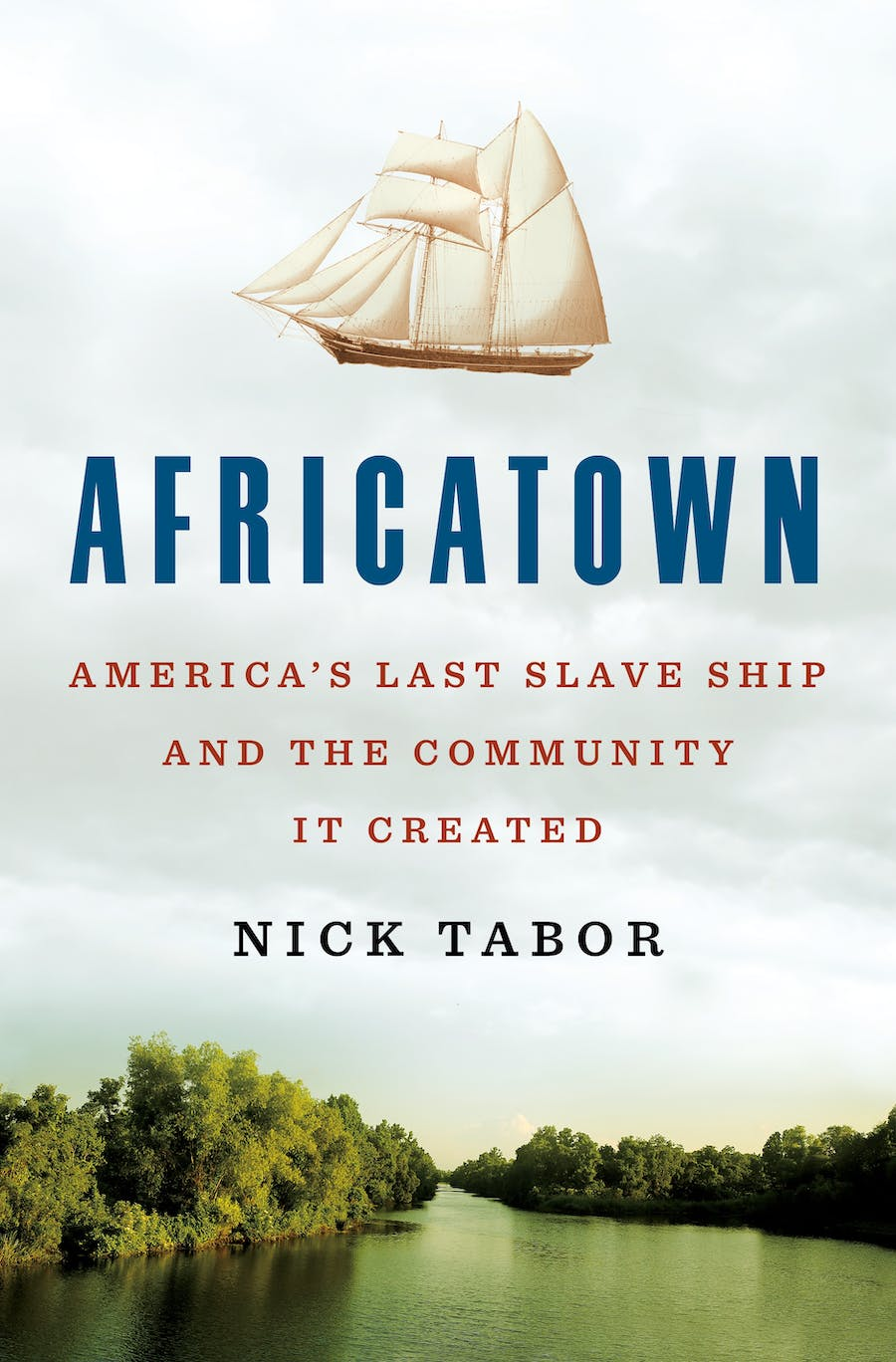On a rainy spring morning in 1983, John H. Smith went to the Dirksen Senate Office Building in Washington, D.C. to square off with the Reagan administration over a bill dealing with Black history. The odds were stacked high against him, but Smith was hopeful.
A few years earlier, at age 32, Smith had been elected mayor of Prichard, a majority-Black city of 40,000 on the Alabama Gulf Coast. Prichard sits on the border of Africatown, a community founded by the last group of enslaved people brought from West African to American shores. The captives arrived in Alabama in 1860, on a ship called the Clotilda; when they were emancipated five years later, they had no way of getting back home, so they created a village of their own, where they spoke Yoruba and elected their own leaders. Though Africatown wasn’t part of Smith’s jurisdiction, the young Black mayor felt a deep attachment to it.
An evocative and epic story, "Africatown" charts the fraught history of America from those who were brought here as enslaved people but nevertheless established a home for themselves and their descendants, a community which often thrived despite persistent racism and environmental pollution.
By the early 1980s, Africatown was in poor shape. For decades, local white authorities had treated it as an industrial dumping ground. It was bookended by two of the largest paper mills in the United States, which had poured so much waste into the local rivers that the fish had become dangerous to eat. Three oil-tank farms, a chemical manufacturer and a cement company also stood in the neighborhood. To serve these companies’ needs, the state was planning a new highway through the heart of Africatown that threatened to wipe out 14 businesses—nearly all of them Black-owned—as well as a number of houses built by the Clotilda survivors.
Smith was determined to turn this situation around. It was his ambition to develop Africatown into a heritage-tourism destination and, in the process, revitalize the economy of Prichard, which had been devastated by white flight. Alex Haley, author of the novel Roots, had said in 1977 that Black Americans needed a “Pilgrim’s Rock,” a physical site that symbolized their ancestors’ arrival in the U.S. From Smith’s point of view, Africatown was a perfect candidate. Working with Howell Heflin, a senator from Alabama, Smith crafted a bill to create an AfricaTown National Historical Park and District (he usually styled the neighborhood’s name with a capital “T”), which would span 800-plus acres in southern Alabama.
